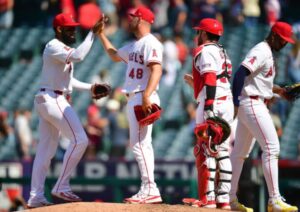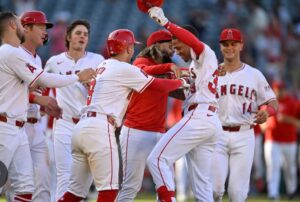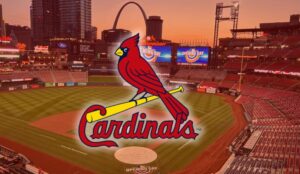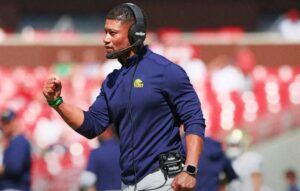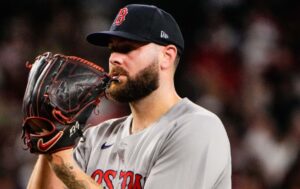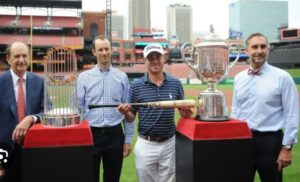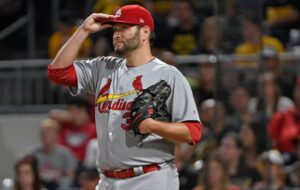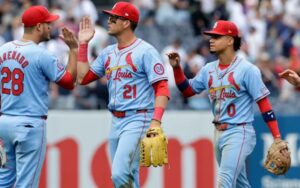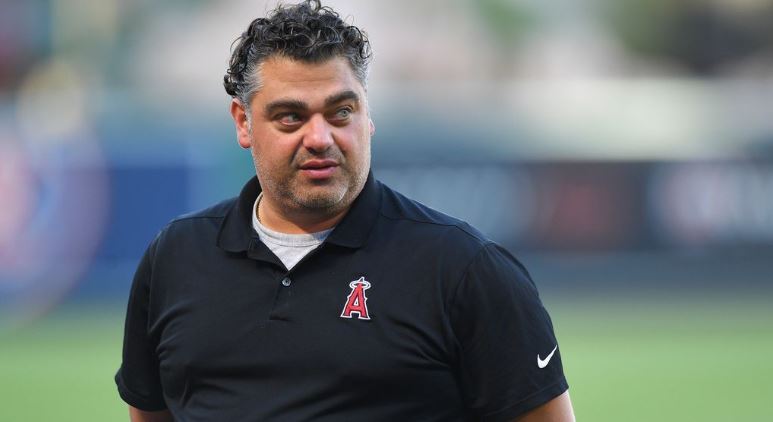
A recent story claims that the Angels, led by Perry Minasian, attempted to acquire Nolan Arenado during the summer. Even though Bob Nightengale’s article lacks a lot of context, it appears like the Halos and Cardinals had some serious discussions over the aging third baseman. This past offseason, the Angels acquired almost every player and second-tier free agent available on the trade market. They made quick moves for players like Jorge Soler and Yusei Kikuchi. People like Pete Alonso and Anthony Santander rejected their attempts.
Despite being constrained by a frugal and unpredictable owner, one may see these moves and non-moves as the general manager looking at every possibility to turn around his ball club following a franchise-worst 2024 record of 63-99. But there’s another factor at work here that should cause concern about Perry Minasian’s performance. His vision for the team’s identity is, at best, vague when one looks at the moves he made and the ones that didn’t work out.
Perry Minasian’s performance deserves scrutiny for a lack of a coherent vision for the Angels’ identity
One thing is evident when you look at the Angels teams of the early 2000s: they had a distinct identity. Under manager Mike Scioscia, the team placed a high priority on the fundamentals, which included good bullpens, situational hitting, and defense.
The capacity of all the components to work together so that their unique abilities combine to create something greater than the sum of their parts is one of the things that creates successful teams in any sport. That isn’t the case for the Angels, and it hasn’t been for a time. The goal is to identify characteristics that complement one another and have a clear sense of what success looks like. This has lacked a comprehensive plan and been incredibly haphazard for Perry Minasian and the Angels.
Pitchers that make weak contact, for instance, make for four-fifths of the Angels’ rotation. High ground ball rates combined with mediocre or worse strikeout rates are how sinkerballers Jose Soriano and Jack Kochanowicz succeed. Since neither Tyler Anderson nor Kyle Hendricks have very strong defenses, they frequently rely on them in different ways.
With such information, one would imagine the Angels would put a strong defense first, yet the Halos actually have one of the league’s weakest defensive teams.
Another example would be to sign Kenley Jansen, a record-chasing closer who is certain to be inducted into the Hall of Fame, and then undermine the value of his veteran expertise in the ninth inning by assembling a middle relief and setup staff based on rookie pitchers and redemption projects.
A general manager frequently has to change course when assembling a squad since not every possible contract will have common ground. However, having a clear-eyed idea of how the squad should appear is crucial, and here is where Perry’s pivots frequently fail.
Arenado wouldn’t have been a good match to develop with the team’s youthful nucleus at his pay. Wouldn’t the team have been better off pursuing a more balanced option who could continue to produce at a high level while the young stars like Zach Neto and Logan O’Hoppe come into their own? The team has a luxury tax of just over $25.5 million, which doesn’t leave the books until after the 2027 season. Perhaps someone like Alex Bregman, who is still in his prime both offensively and defensively but would have cost a little more?

The Angels have behaved like a kid at a toy store in recent years. They’ve made rash purchases without considering how the acquisition would fit in with their current inventory, and they don’t have a backup plan in case their initial decision doesn’t work out, which may result in irrational and sometimes crazy turns.
The team thus lacks a distinct identity, which makes them feel lost as they struggle through the gloom of mediocrity. The difficulties will persist unless they learn to function with a defined vision instead of making snap decisions and creating without a distinct personality.
